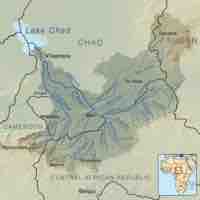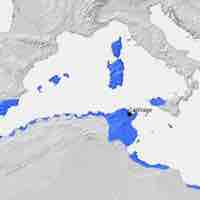Chapter 3
Early Civilizations
By Boundless

The Hittites were an ancient Anatolian people of the Bronze Age, who manufactured advanced iron goods, ruled through government officials with independent authority over various branches of government, and worshipped storm gods.
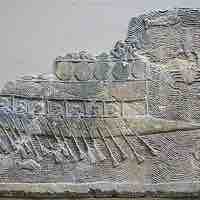
Known for their alphabet, the Phoenicians were an ancient Semitic maritime trading culture in the Mediterranean. They fell under both Persian and Hellenistic rule.

The Minoans were an Aegean Bronze Age civilization on the island of Crete that flourished between 2800-1450 BCE. They left behind extensive material culture showing the extent of their handicraft and influence upon Mycenaean culture.
The Caral civilization flourished in the Andean region between the 30th and 18th centuries BCE. This peaceful, urban center yielded several major discoveries, including a method of keeping records known as quipu.
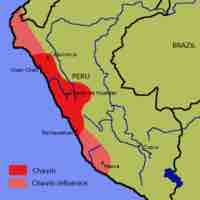
The Chavín civilization, which lasted from 900-250 BCE in Peru, featured ingenious art and architecture, and had widespread influence on other local cultures.
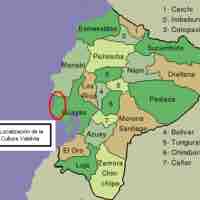
The Valdivia culture of Ecuador (3500-1800 BCE) is one of the oldest settled cultures recorded in the Americas. They were a sedentary, egalitarian people, known for their early use of pottery, and feminine ceramic figures.
